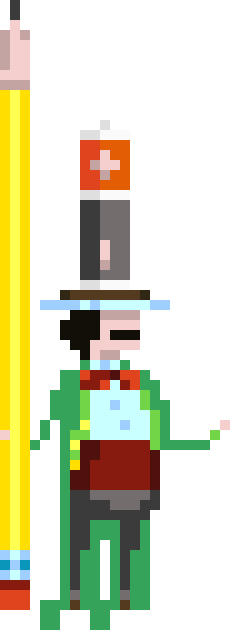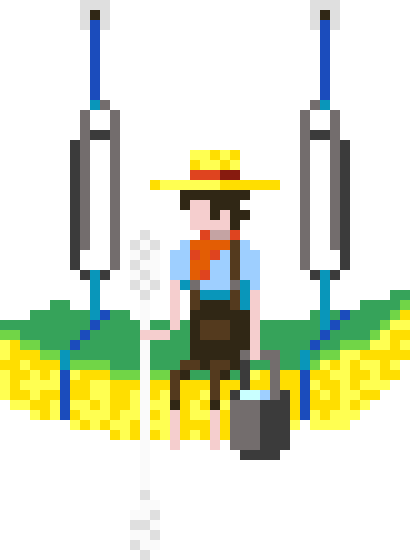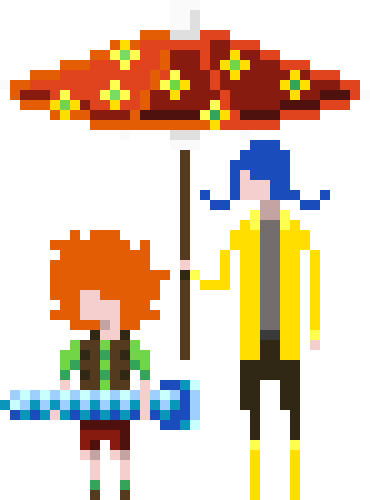



A brocade texture is another knockdown texture that provides more depth than a traditional knockdown. It's characterized by a large variation in the height of the raised ridges. Before getting knocked down, the mud is usually applied by hand in layers that help create the depth. This texture is great for novices because it hides mistakes with its heavy layering.
A brocade texture is another knockdown texture that provides more depth than a traditional knockdown. It's characterized by a large variation in the height of the raised ridges. Before getting knocked down, the mud is usually applied by hand in layers that help create the depth. This texture is great for novices because it hides mistakes with its heavy layering.
Brocade refers to the general method of applying the mud by hand either with a hawk, trowel, roller, or stomping pad, and then knocking it down. There is no one shared definition across the United States of what it looks like.
If a homeowner isn't interested in the smooth look, or just wants a faster way to hide any imperfections, unevenness, or flaws in the wall, while adding some visual interest, brocade knockdown texture is a good choice. It fits aesthetically for both walls and ceilings, and in pretty much any room, but it's best avoided in rooms where the walls are expected to get dirty often like kitchens and bathrooms. The texture can trap dust and dirt, and it can be difficult to clean the ridges without damaging the texture.
Compared to other textured walls, repairs on brocade textured walls can be matched fairly closely with some effort to match the amount, consistency, and pattern of the previous application.
Brocade textures usually do not involve a spraying step. Mud is applied by hand in layers either with a hawk, trowel, roller, or stomping pad, and is then knocked down. It can be applied on a Level 3 or Level 4 drywall finish depending on how heavy it's applied. The mud needs to dry briefly after application before it's knocked down using a drywall knife.


Start with at least a Level 3 drywall finish, use a hawk, trowel, roller, or stomping pad to apply an uneven coat of all purpose joint compound mixed with water to your wall. Be sure to apply the coats unevenly to create variation in the ridge height. Knock it down with a drywall knife.
This texture will not cover the whole surface, so the drywall needs to be a smooth surface. Make sure that your wall is at least up to a Level 3 drywall finish. This means that flat joints and interior angles have been taped and have one coat of joint compound smoothed over them. Accessories and fasteners need at least two separate smooth coats.
Note: If you plan on applying the texture thinly, you will need a Level 4 drywall finish.
There's no reason not to use "all purpose" joint compound for a brocade texture, but other formulations will probably work fine. Mix it in either a 5 gallon bucket or the bucket it came in if that's possible. Mix it by slowly pouring the water in while stirring constantly by hand with a mixing paddle or with an electric drill with a mixing attachment. Keep adding water and mixing until the consistency of the mud is smooth and creamy like a thick paint or pancake batter.
Let the mud sit for a couple minutes to allow any air bubbles to escape. Give it a good stir before use if it's been sitting for a while.
Now it's time to apply the mud to the wall using either a hawk, trowel, roller, or stomping pad. Take your tool and grab some mud from your container and start applying it to the wall. You can apply a light coat or a heavy coat depending on the look you are going for, or imperfections you are trying to cover up. A light coat may not even cover all bare areas of the wall.
As you dab on the mud, be sure to hide any shapes transmitted from the tool you are using. You will need to build up some areas of the wall more than others to create the brocade texture. It is a good idea to experiment on a piece of cardboard beforehand to hone in the effect you desire.
After getting all the mud on the wall, you need to knock it down. It needs to set for about 10-15 minutes before this step though (if you just did a large room, the first section might be ready after you finish). If you don't let it set, then the mud will show lines from the edge of your drywall knife.
You don't need to use a lot of force, just enough to flatten the mud. Different amounts of force will change the final appearance. Use a level of force that produces the texture you prefer. You can try holding the knife more perpendicular to the wall or keep a small angle between it and the wall. Slide the drywall knife down the wall from the ceiling to halfway. Then go bottom to halfway.
For a brocade effect, you can do an additionally pass knocking the texture down from a different angle, such as left to right.
Keep your knife clean while you're doing this. Wipe off excess mud with a damp rag between each stroke.


